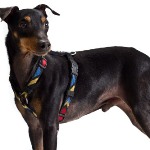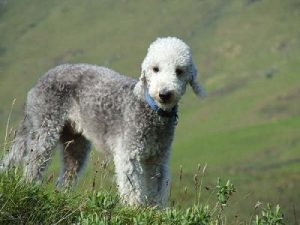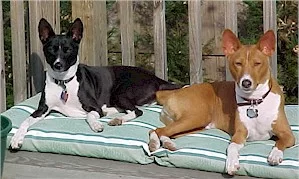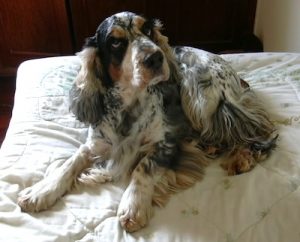Boston Terrier
Join Our Boston Terrier Rescue Houston Today
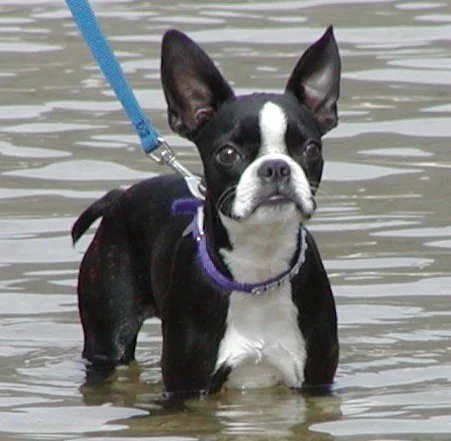
-
Breed Group : TERRIER
-
Origin : United States
-
Average Height : 15" - 17"
-
Average Weight : 10 - 25 lbs.
-
Life Span : 10 - 14 years
Photo Courtesy of : Boston Terrier Rescue
-
Size
1 2 3 4 5 6 7 8 9 10 -
Energy
1 2 3 4 5 6 7 8 9 10 -
Intelligence
1 2 3 4 5 6 7 8 9 10 -
Ease of Training
1 2 3 4 5 6 7 8 9 10 -
Hypo-Allergenic
1 2 3 4 5 6 7 8 9 10 -
Shedding
1 2 3 4 5 6 7 8 9 10 -
Good with Kids
1 2 3 4 5 6 7 8 9 10 -
Good with Other Pets
1 2 3 4 5 6 7 8 9 10 -
Guard Dog
1 2 3 4 5 6 7 8 9 10




